Bowery Bugs
8 /10 1 Votes
Duration | Language English | |||||||||||||||||||||||||||||||||
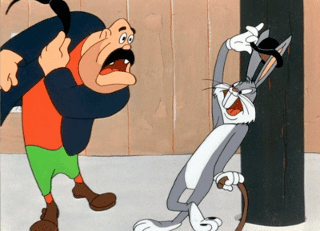 | ||||||||||||||||||||||||||||||||||
Release date June 4, 1949 | ||||||||||||||||||||||||||||||||||
Mangalashtak once more theatrical trailer
Bowery Bugs is a Bugs Bunny cartoon directed by Arthur Davis, written by Lloyd Turner and Bill Scott, and released in mid-1949 as part of the Merrie Melodies series. It stars Bugs Bunny (voiced by Mel Blanc, who also voices the other men in the pool hall) and Steve Brody (voiced here by Billy Bletcher), who was based on the real-life Brooklyn bookmaker Steve Brodie who claimed to have jumped off the Brooklyn Bridge.
Contents
- Mangalashtak once more theatrical trailer
- Historical background
- Plot
- Production details
- Edited version
- Availability
- References
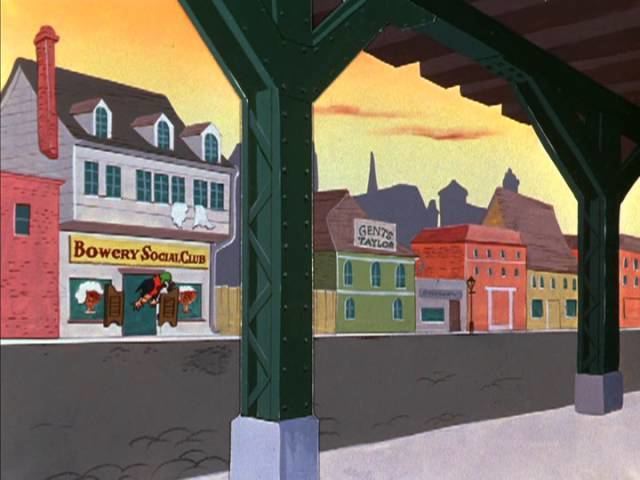
Historical background
Steve Brodie was a native of the Lower East Side. He first came to the attention of the local press as a teenager in 1879, when he was reportedly an influential figure among fellow newsboys and bootblackers. By 1886, he was a professional gambler who had fallen unto debt. In 1885, daredevil Robert Emmet Odlum jumped off the Brooklyn Bridge, and was killed doing so. Brodie took a dare to successfully jump off the Bridge.
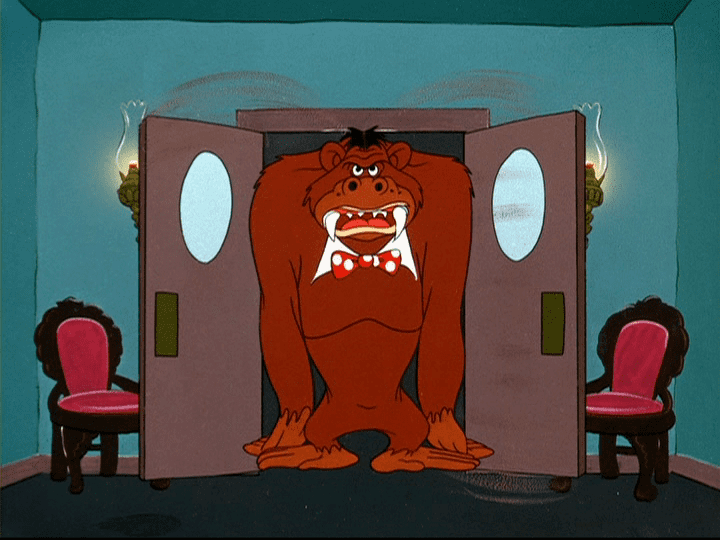
On the morning of July 23, 1886, Brodie took position on the railings of the bridge. Meanwhile, his friends boarded a rowboat to test the waters below. The jump was originally set for 10:00 am, but was called off because of a strong tide. Brodie returned c. 2:00 pm and reportedly rode in the back of a wagon until jumping off. He reportedly first took off his hat and shoes, and then fell from a height of c. 100 yards. There were accounts by eyewitnesses and extensive news reports, but his jump is still in doubt. The prevailing theory among historians is that a life-size dummy fell in his place.
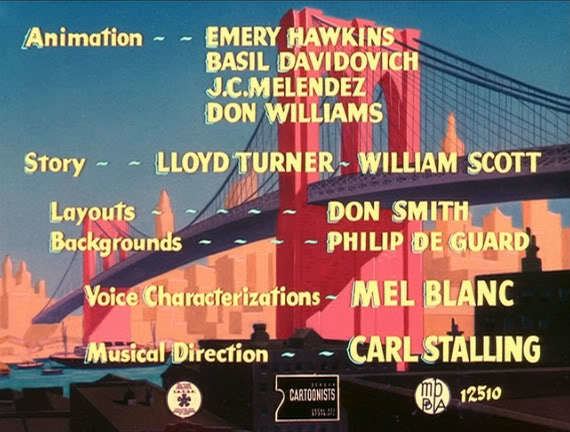
Brodie capitalized on his reputation as a vaudeville performer. He died in 1901, possibly from diabetes. His reputation survived him and inspired the film The Bowery (1933). The subsequent cartoon short cast Bugs as the motivator behind the famous jump.
Plot
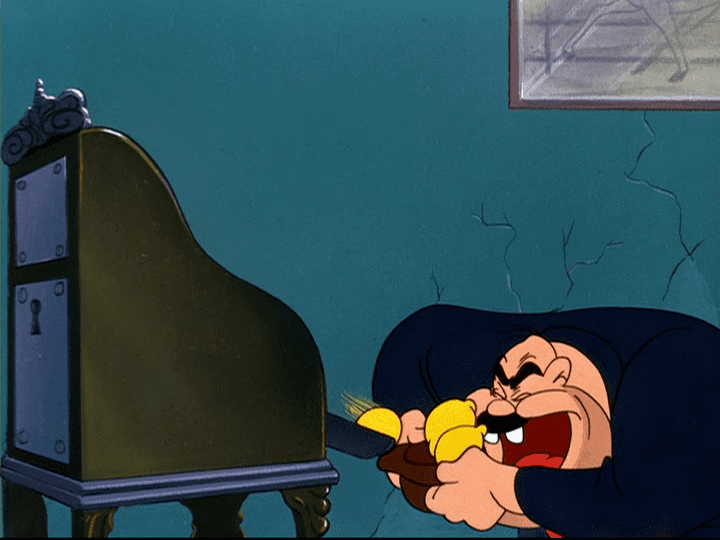
Bugs Bunny is standing at the base of the famous Brooklyn Bridge, (about half a mile from the southern end of the actual street called the Bowery), telling an old man a story, in carnival-barker style, about how and why Steve Brody jumped off the bridge in July 1886 in the form of pictures: Brody had a terrific run of luck...all bad. He decided he needed a good luck charm...ideally, a rabbit's foot. But he couldn't find one in the city, so he tried looking in the country forest.
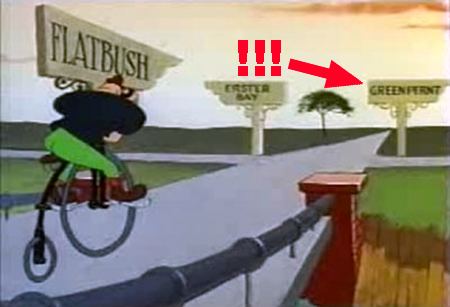
At this point the story is animated. Brody cycles to Flatbush and finds Bugs' house. Brody, holding a knife, pulls Bugs (singing "All That Glitters Is Not Gold") out of his home and tells him that he needs a good luck charm and that "he is it". However, Bugs explains why rabbits feet are not all that lucky and directs Brody to "Swami Rabbitima". Brody decides to chance it on the condition he'll come back for Bugs if it doesn't work.
The Swami (Bugs in disguise) asks Brody to enter. Just as Brody starts explaining his bad luck, he has his palm "read" (painted red) then Bugs starts reading the bumps on his head after hitting Brody over the head with a hammer several times. Brody angrily starts chasing Bugs who quickly deals out playing cards for cartomancy. He tells Brody that he has a meeting coming up with a man wearing a carnation (also Bugs in disguise), who will be his lucky mascot at gambling; Brody's luck does not change, though. Bugs' craps shot of 7 suddenly turns up snake-eyes, then Brody plays a slot machine that comes up with three lemons that literally roll out of the machine and into his hat. Fed up, Brody tries to attack Bugs and is promptly kicked out of the gambling establishment by a gorilla bouncer.
Brody goes back to the Swami who realizes that the cartomancy failed. For his second attempt, Bugs spins a zodiac wheel which lands on the sign of the wolf. He tells Brody that it means he is lucky with love, but his flirting with a "lady" (also Bugs in disguise) only results in a multiple bonking by a policeman for being a "masher".
Brody returns to the Swami and is about to pulverize him when he is asked precisely why he wants his luck to change. Taking Brody's answer literally ("So I can get me hands on some dough!"), Bugs sends him to 29 River Street, home of "Grandma's Happy Home Bakery". When Brody arrives there and demands the "dough" at gunpoint, a baker (Bugs yet again) gladly obliges with "a mess of dough" which Brody gets stuck in and is baked into a pie.
Unmasking the baker as Bugs, Brody retraces his steps to unmask Bugs' previous disguises, leading Brody to believe that "everybody's a rabbit!". When Brody looks into what he thinks is a mirror (but is actually a window) and sees Bugs looking back at him, he thinks he has turned into a rabbit and snaps, hopping down the street and turning onto the Brooklyn Bridge, hysterically shouting "What's up, doc?!"
Seeing a police officer staring contemplatively at the East River from the middle of the bridge, Brody comes up behind him and begs for help. Turning, the officer reveals himself to be Bugs, demanding (in a thick Irish accent) "What's all this about rabbits, Doc?". That being the last straw, Brody leaps off the bridge, apparently as suicide. The scene freezes with Brody in mid-air to a poster seen behind Bugs.
Bugs ends the story there, and the impressed old man says: "That's enough, son! I'll buy it!" and hands Bugs some money (though it's unclear if he bought the Bridge or the rights to the story).
Production details
Edited version
Availability
This cartoon is available (uncut, uncensored, and digitally remastered) on disc one of the third volume in the Looney Tunes Golden Collection DVD series.
